- •
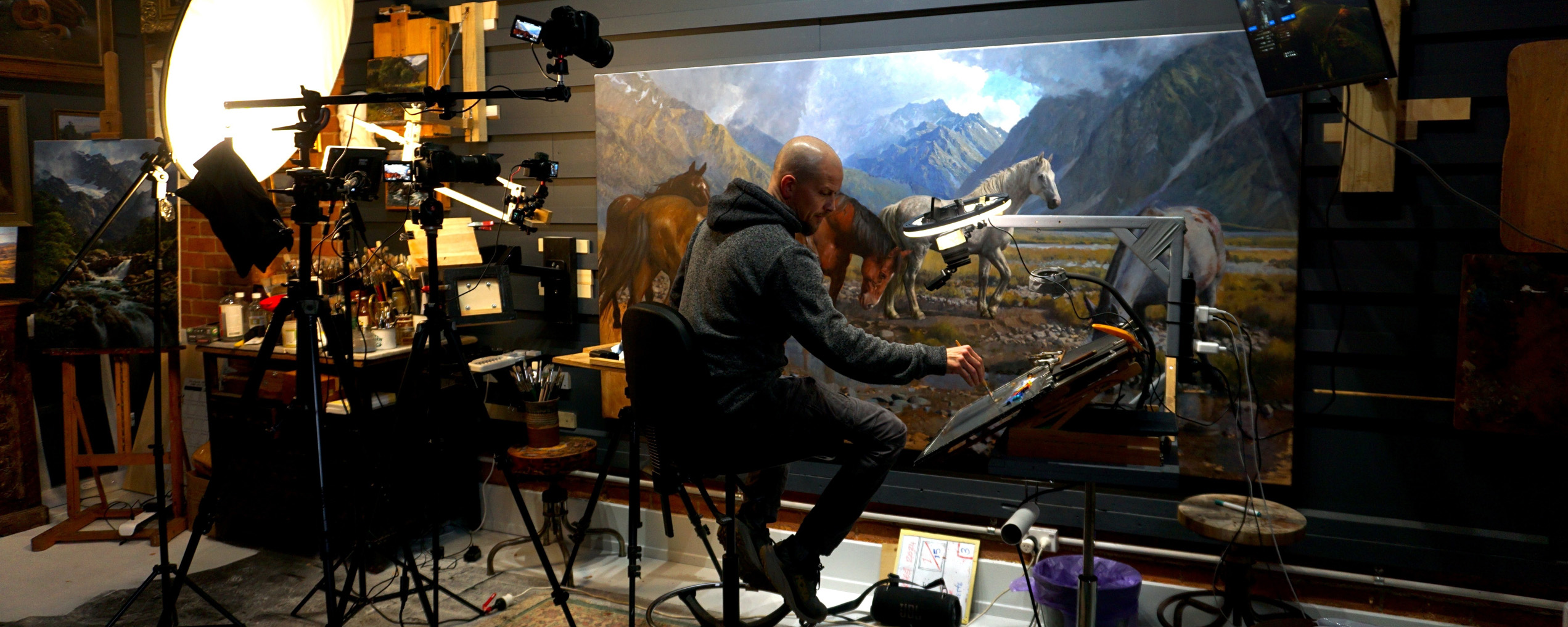
I wasn’t born into the art world. I didn’t have a gallery waiting for me or collectors lined up to buy my work.
I started like most artists do — with a sketchbook, a love for painting, and absolutely no idea how to turn that passion into a career.
But something changed.
I built a body of work. I booked a space. I invited everyone I knew. And — to my complete surprise — I sold out my very first show. Since then, I’ve worked with collectors from all over the world, shown with galleries, and built a full-time art business. And while everyone’s path is different, I can trace my own journey back to three key steps.
This is the 3-step process that took me from hobbyist… to pro.
Step 1: Build It Like You Mean It
This is where most people stall. They dabble. They start and stop. They wait to be discovered.
But if you want to go pro, you’ve got to build it like you mean it. For me, that meant producing a real body of work — not just a few paintings. I was 19 at the time. No gallery. No audience. But I had paintings. And I had drive.
So I made a decision: I was going to put on my own show.
The show was called Hightide, and I did it all myself. No gallery. No agent. Just me and a plan. I designed a blue DL flyer — no image, no fancy design — and printed 500 copies. I hand-delivered every single one to letterboxes around the venue.
The work? A collection of seascapes from my uni days. Paintings my lecturers hated, by the way. None of the art school staff came to the show. They had other plans — attending a gallery opening that featured fruit taped to a wall. (True story. I wish I were joking.)
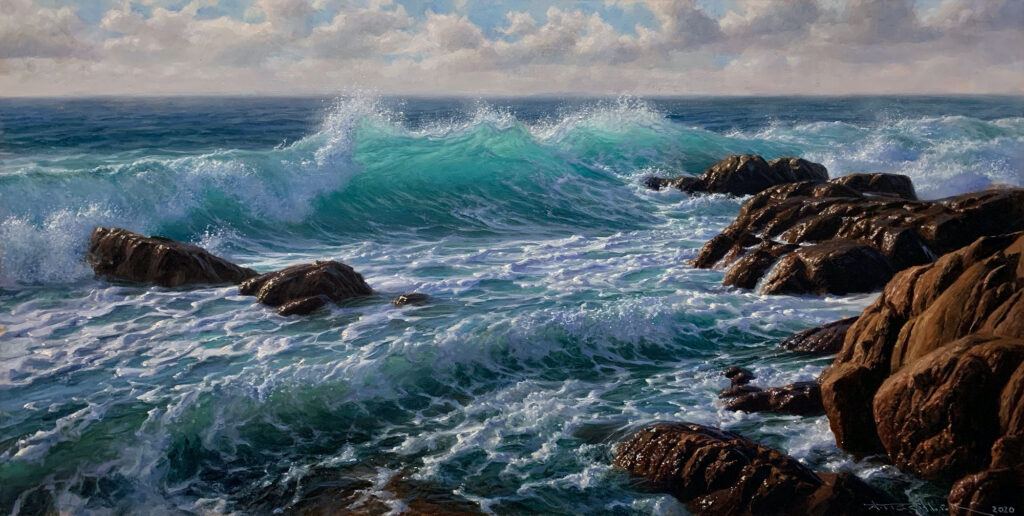
But my show? Over 120 people came to the opening. And I sold out. At 19 years old, I made six and a half grand that night. The work wasn’t cheap, but it was priced to move. I wasn’t trying to get rich. I just wanted to get started.
I also didn’t do it alone. My family helped run the show — my dad set up lighting, my sister acted as agent, and some family friends helped with drinks and catering. I was nervous, bright red, and sore from smiling.
But it worked. Because I took it seriously. If this doofus could make it work… so can you.
Step 2: Know the Game (Then Play It Smart)
Once you’ve got momentum, you need to learn how the game works — and by that, I don’t mean “the art world.” That term gets thrown around a lot, but it’s meaningless unless you define it.
There isn’t one art world. There are many.
Are you talking about the contemporary gallery scene? The plein air market? Instagram? Illustration? Western art? Commercial tourism-focused galleries?
The first smart move is figuring out what kind of art you want to make — and who it’s for.
A great example of this came up recently in a coaching call with my mate Daniel Beresford in Australia. He’s a brilliant traditional painter, but he was trying to get his work into high-end contemporary galleries. The problem? Those spaces don’t exactly cater to classical landscapes. It wasn’t that he wasn’t good enough — just that he was in the wrong place. We adjusted the strategy, and now he’s heading in the right direction.
Want to know a fun test? Try mixing purple from different reds and blues. You’ll really notice the difference if you’re using muddier multi-pigment tubes.
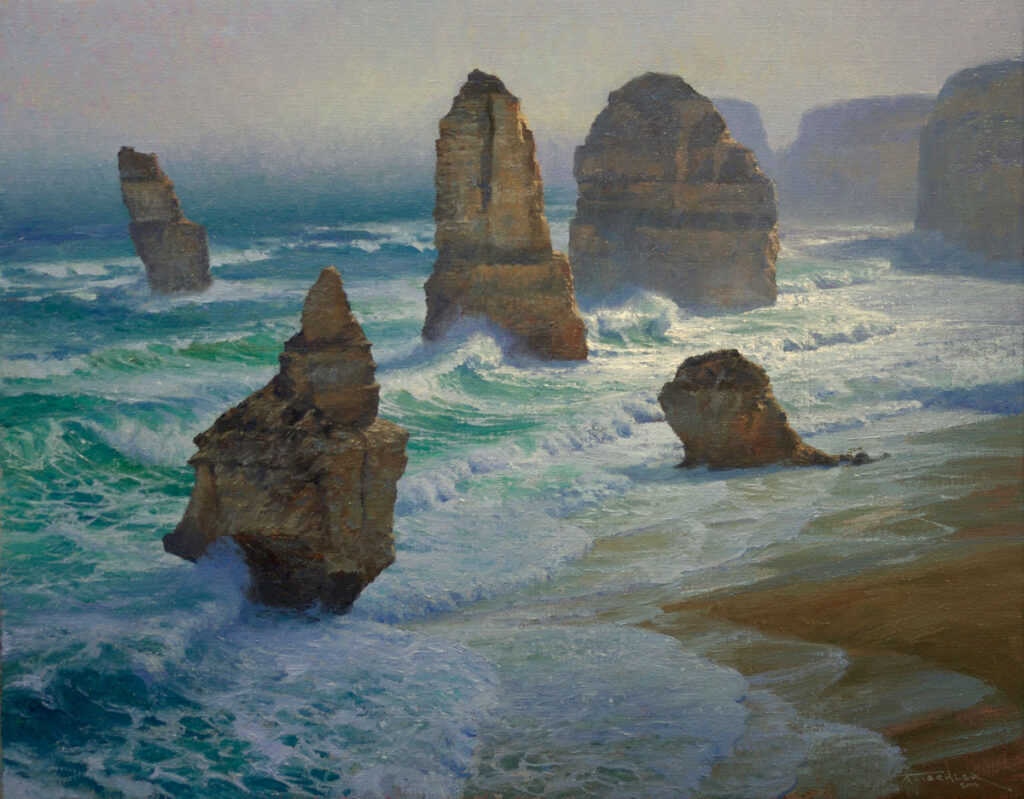
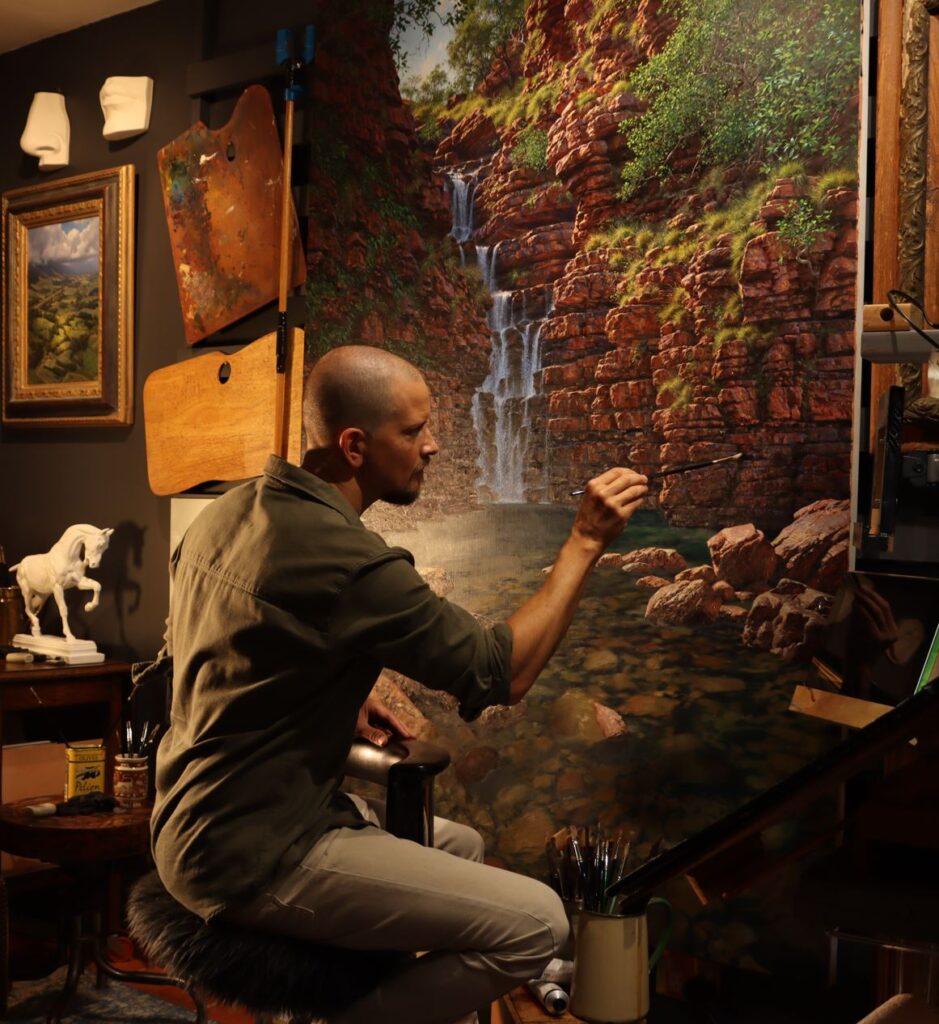
Step 2: Know the Game (Then Play It Smart)
Once you’ve got momentum, you need to learn how the game works — and by that, I don’t mean “the art world.” That term gets thrown around a lot, but it’s meaningless unless you define it.
There isn’t one art world. There are many.
Are you talking about the contemporary gallery scene? The plein air market? Instagram? Illustration? Western art? Commercial tourism-focused galleries?
The first smart move is figuring out what kind of art you want to make — and who it’s for.
A great example of this came up recently in a coaching call with my mate Daniel Beresford in Australia. He’s a brilliant traditional painter, but he was trying to get his work into high-end contemporary galleries. The problem? Those spaces don’t exactly cater to classical landscapes. It wasn’t that he wasn’t good enough — just that he was in the wrong place. We adjusted the strategy, and now he’s heading in the right direction.
Want to know a fun test? Try mixing purple from different reds and blues. You’ll really notice the difference if you’re using muddier multi-pigment tubes.
I knew early on there was no point trying to show my seascapes and gumtrees in galleries that focused on interpretive dance videos, textiles, and expired condiments. (Yeah. It was as weird as it sounds.) But I’ve seen artists make that exact mistake — walking into a space that doesn’t align with their work and wondering why the door doesn’t open.
Meanwhile, I look at the US and see a booming cowboy and western art market. It’s a completely different ecosystem.
So ask yourself: What kind of artist are you? And where does your work belong? For me, I eventually found galleries focused on representational work — especially in WA’s Margaret River region. At first, I was rejected by every single one of them.
But later, I got my break. Colin and Gaye Dixon, a lovely couple who ran a gallery in Applecross, gave me a shot. I don’t know if they felt sorry for me or saw something in me — maybe both. But that “yes” turned into a 12-year relationship that changed everything.
The takeaway?
Know the game you’re playing — then play it smart.
Watch what other artists are doing. Don’t copy them — but position yourself alongside them. Dovetail your work so it fits naturally into the landscape, while still standing out.
And here’s a pro tip: If you’re just starting out, show your work at a slightly lower price than your competitors — but keep that quality high. Collectors will notice.
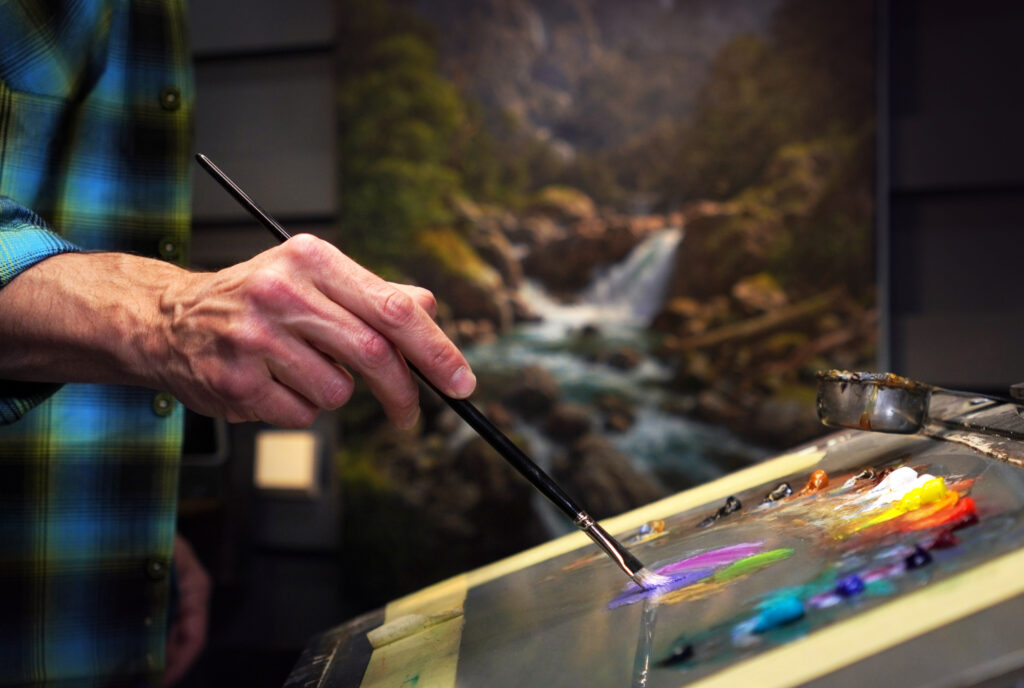
Final Thoughts — Ready to Go Pro?
So to recap:
- Build it like you mean it
- Know the game, then play it smart
- Go all in — but keep control
This is exactly how I made the leap from hobbyist to pro. It wasn’t luck. It wasn’t magic. It was mindset, momentum, and a willingness to do the work.
If you’re ready to take that step — to stop dabbling and start building a real art career — check out the full course I’ve put together over on Tisch Academy.
👉 Watch the Creator Activator on Tisch Academy
In that course, I share my full story — including the biggest lessons I’ve learned over the past 20 years — and the exact strategies I wish I had when I started. It’ll save you time, hassle, and a lot of trial and error.
And while you’re there, grab a 7-day free trial and explore the full Academy experience. If you’ve been dreaming about going pro…
This is your sign to start.
Let’s go.
Tisch
Never Miss a Post!
Keep up to date with videos, livestreams, blog posts, print drops and much more!

